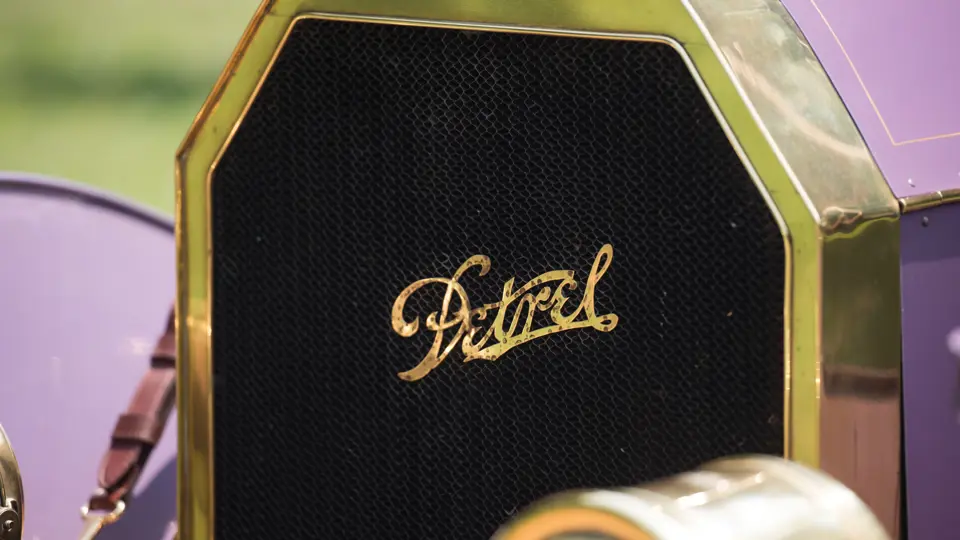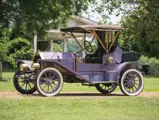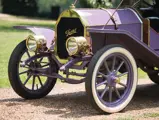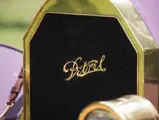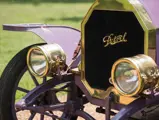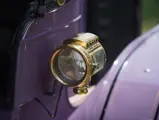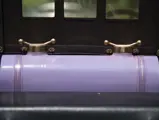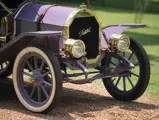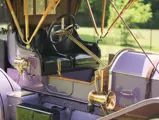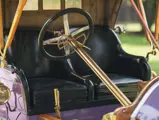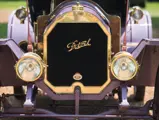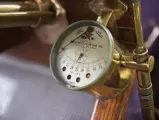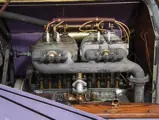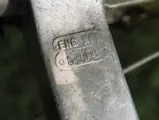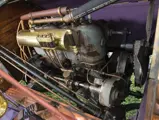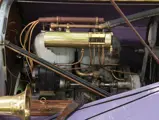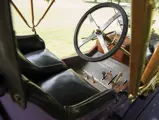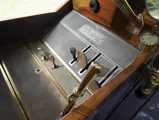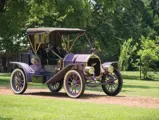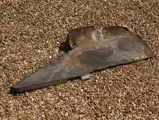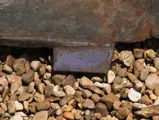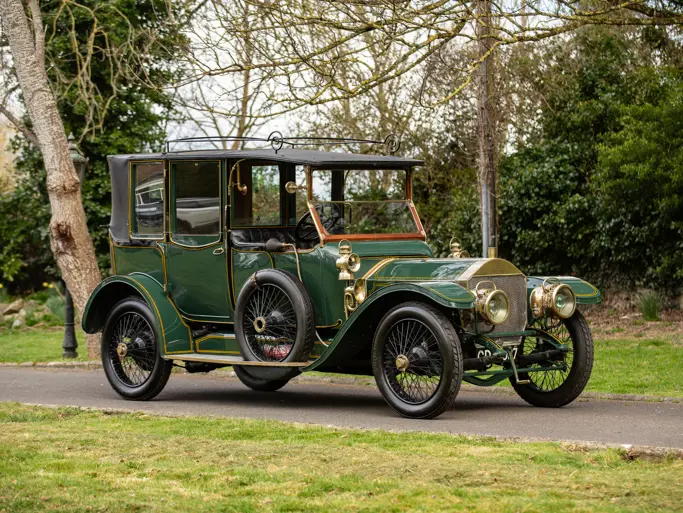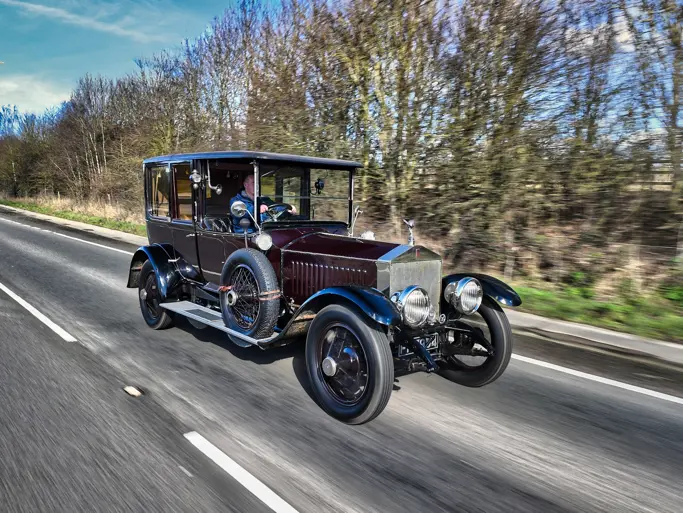30 hp, 285.6 cu. in. four-cylinder inline L-head engine, friction-drive transmission, tubular front and rear axles with semi-elliptical leaf springs and double chain drive, and two-wheel mechanical brakes. Wheelbase: 107 in.
The Petrel Motor Car Company was formed in Kenosha, Wisconsin, in November 1908. The principals were Samuel Watkins of the Beaver Manufacturing Company, an engine builder, and John and Harry Waite, who had built a few cars on their own. The name Petrel, a tube-nosed seabird, was reportedly chosen because of its “ability to make good speed over very rough roads.”
Its friction transmission, as used by Cartercar, Lambert, and Metz, was not unusual in its day, nor was double chain drive to the rear wheels. Engines, four- and six-cylinder water-cooled L-heads, were of 30 and 50 horsepower, respectively. The six was dropped in 1910, when the motto “The Aristocrat of Medium Priced Cars” was adopted.
In the summer of 1909, the Petrel company moved to Milwaukee to a plant owned by the W.S. Seaman Company, a furniture manufacturer. Seaman then built bodies for Petrel cars, their first foray into coachbuilding that would lead to a long relationship with the Thomas B. Jeffery Company and its successor, Nash Motors.
The Petrel’s fortunes, however, were not so rosy. In February 1910, bankruptcy proceedings began, and by the following January, Samuel Watkins had sold the business to other Milwaukee industrialists. During 1912, it morphed into the F.S. automobile, which soon expired. No more than a thousand cars, Petrel and F.S. combined, were built.
Historian James Sandoro has identified the first owner of this very rare Petrel as a Mr. L. Duvernell, of East Forks, New York, a hamlet on the eastern periphery of Buffalo. Harold Coker purchased it from the widow of its long-time owner, Henry Jansen, of Eden, New York, about 20 miles from East Forks, in March 2005. A good friend of Harold’s, Mr. Jansen had restored it in the early 1960s and took an AACA National First award with it in 1962.
The color catches the eye. It is, in fact, original to the car. Petrel’s “Standard Color” was advertised as “English Violet with Black and Gold Striping.” While disassembling it, Mr. Jansen found a flange on one of the inner fenders that had been covered for the car’s entire lifetime, a section of which had a chip of English Violet paint. The body and chassis paint was color-matched to that remnant, and the fenders were striped as described. The inner fender that served as “evidence” is included with the car as part of its heritage.
Although now more than 50 years old, the restoration has held up very well. The body is constructed of wood on a steel chassis with steel fenders. The paint on the body and chassis is very good, and the brass is all in good condition. The seats are upholstered in black leather, showing minimal wear, and the top is black canvas. At the rear is a period-correct trunk with a weatherproof vinyl cover. It holds three original fitted suitcases. Instrumentation consists solely of a Star speedometer, which has registered some 3,900 miles.
The car has been upgraded with a battery ignition system, housed in a box on the right running board. The Vesta brass headlights, side lamps, and tail lamp have all been electrified, and an electric starter has been hidden on the top side of the transmission, where it can hardly be seen. There is a brass Klaxon horn, as well as an exhaust whistle for warning pedestrians and other motorists. The tires are 33x4 Lester whitewalls.
Few people have heard of the Petrel, let alone seen one. The new owner of this car may have the only one.


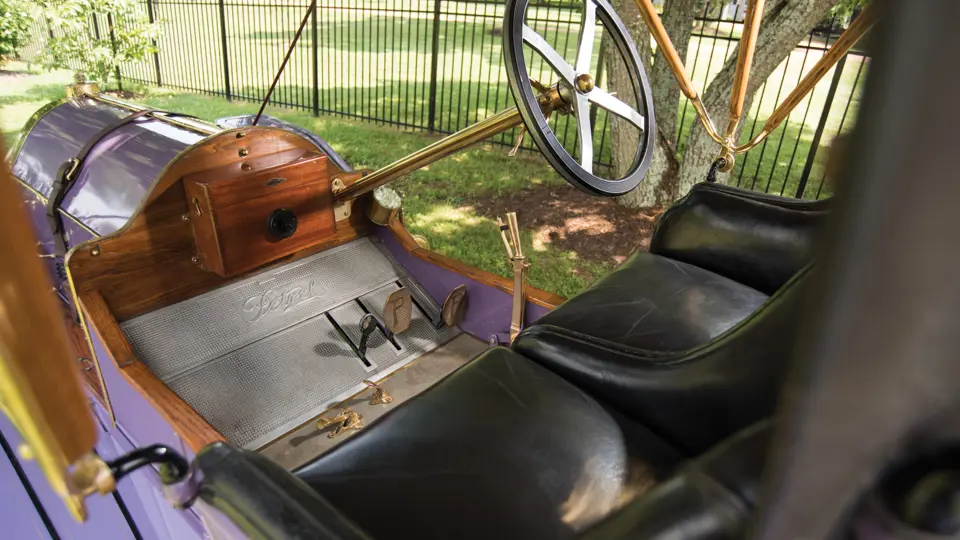

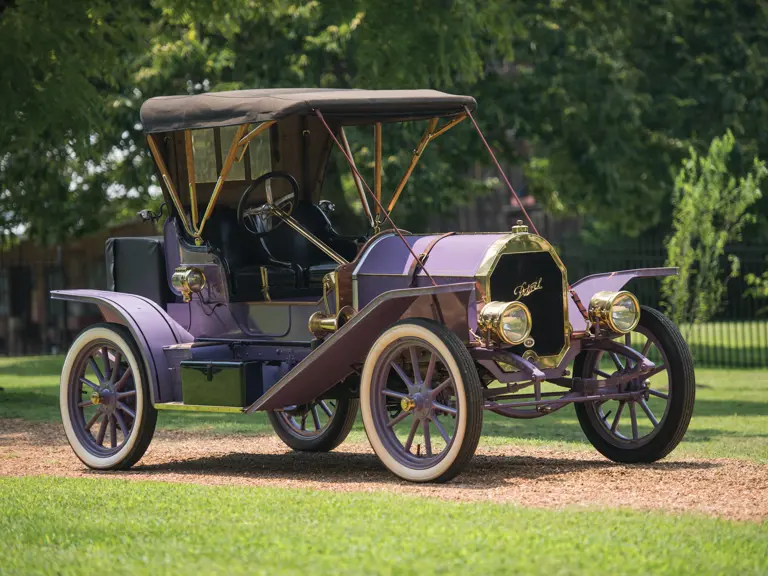
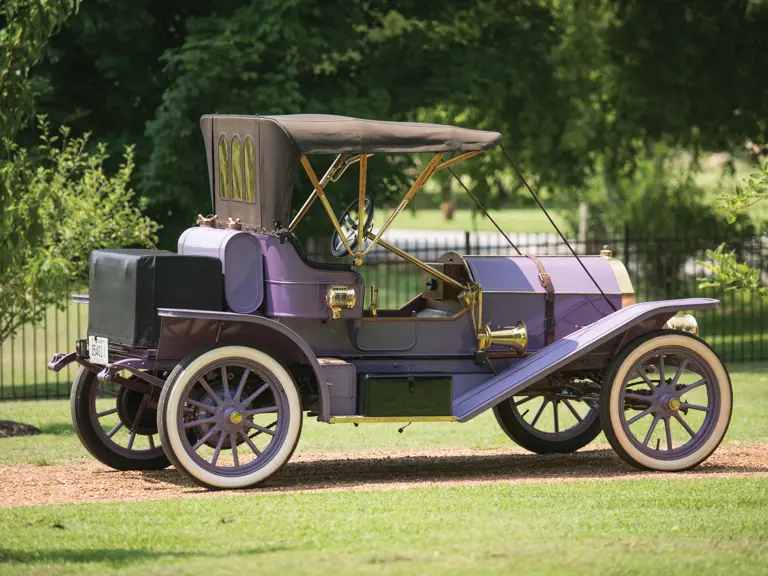
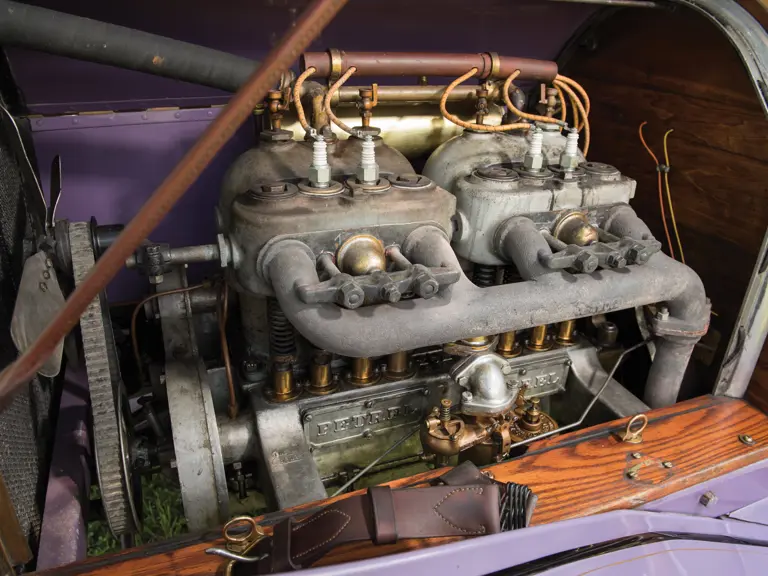
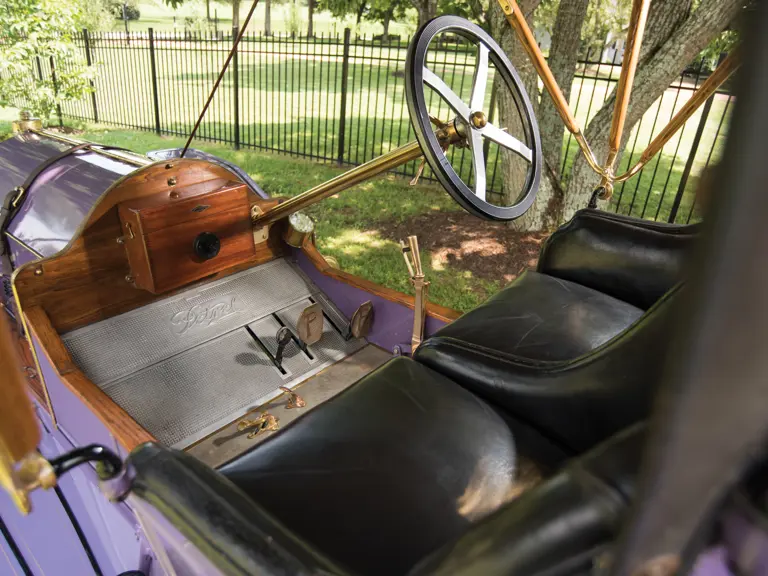
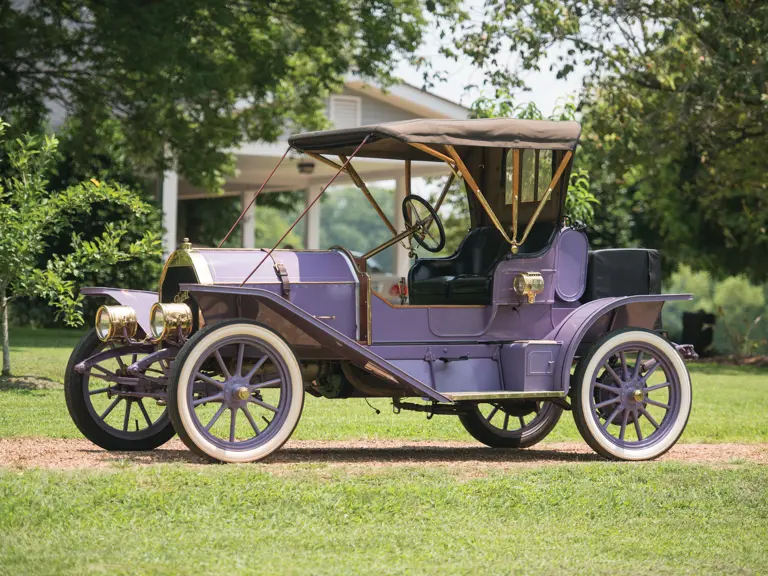


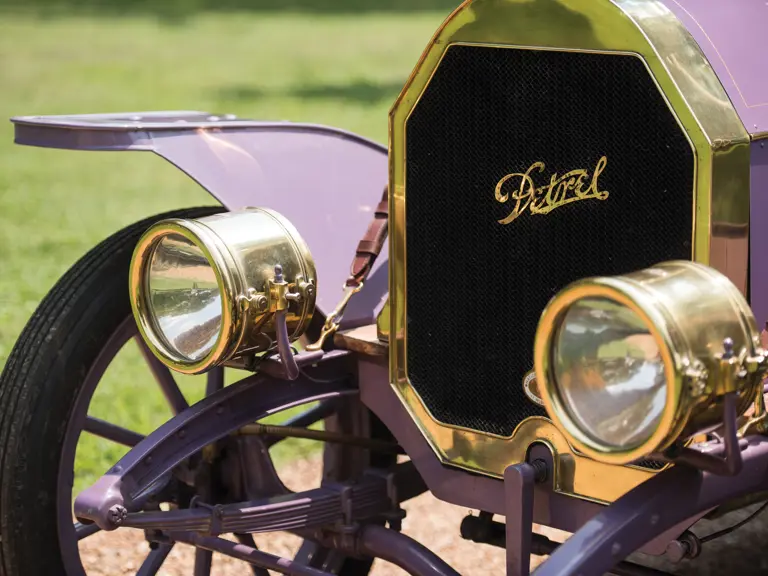

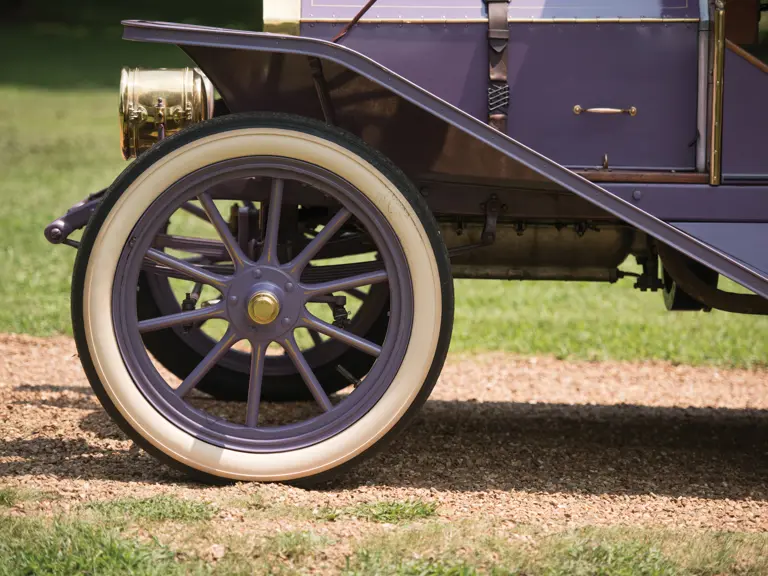
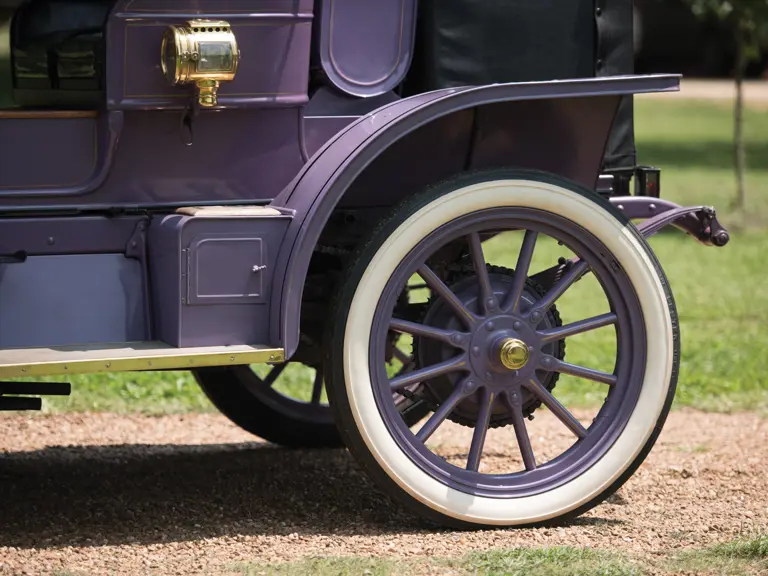

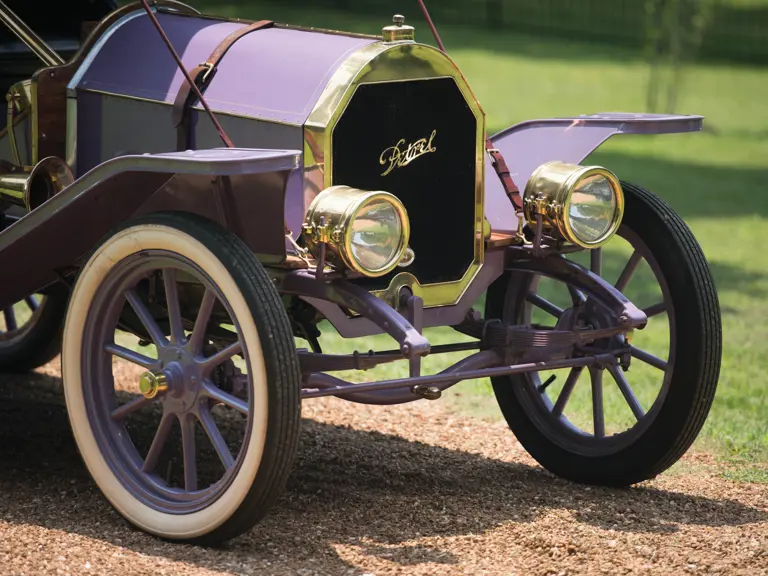
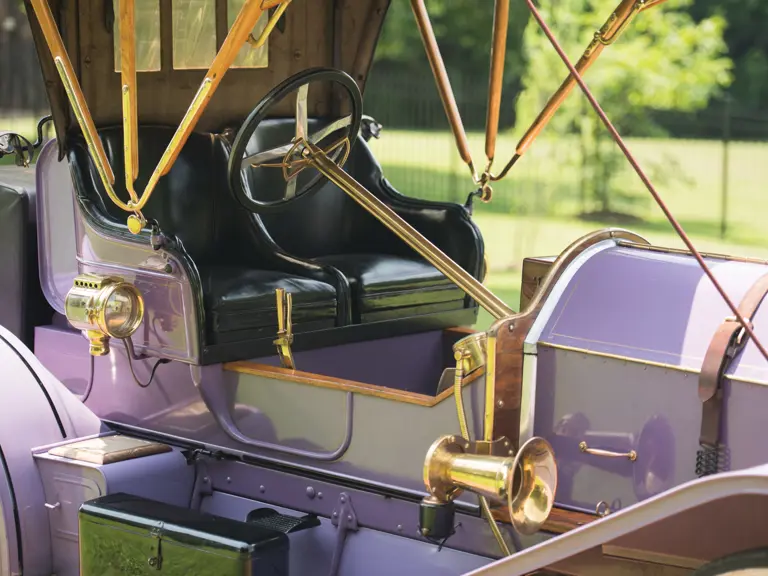
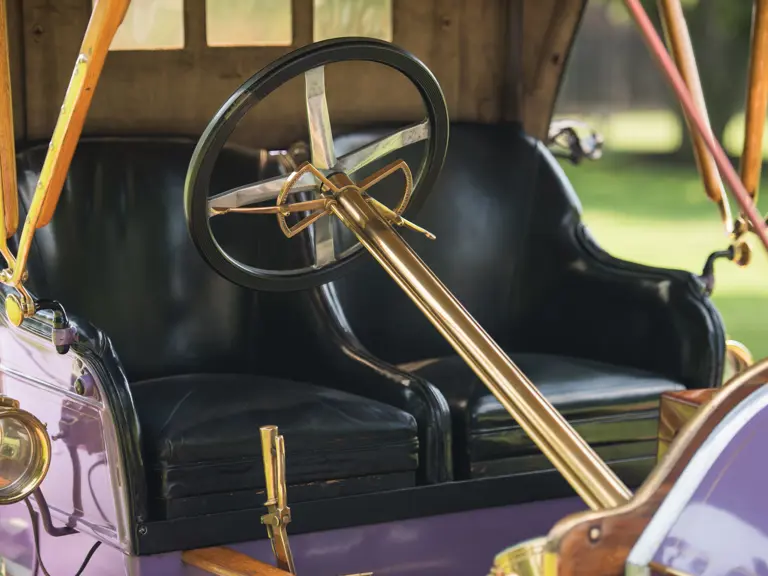
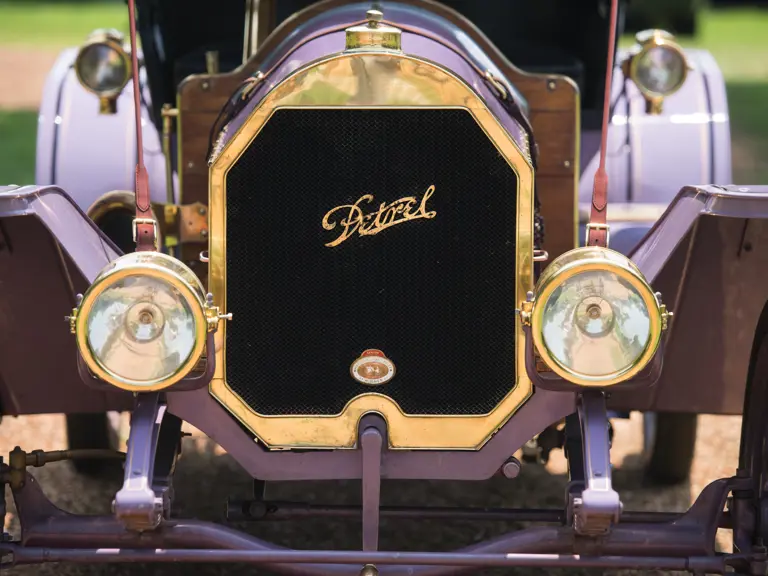
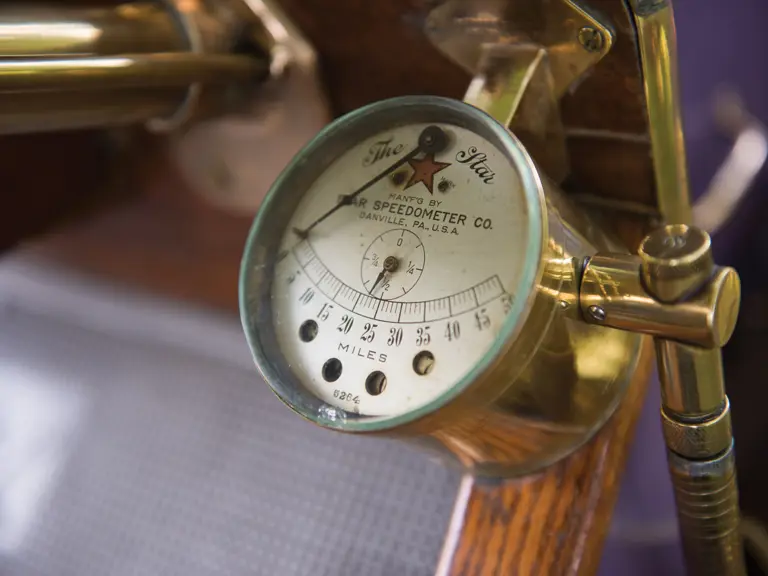
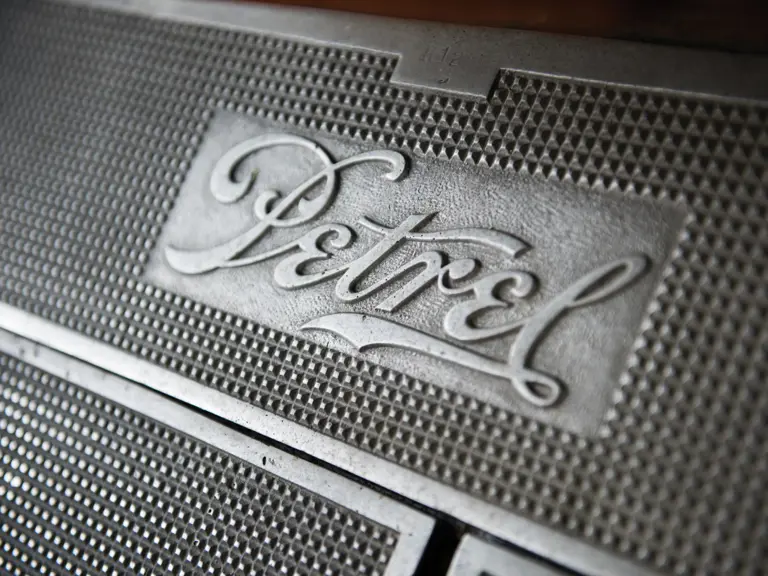
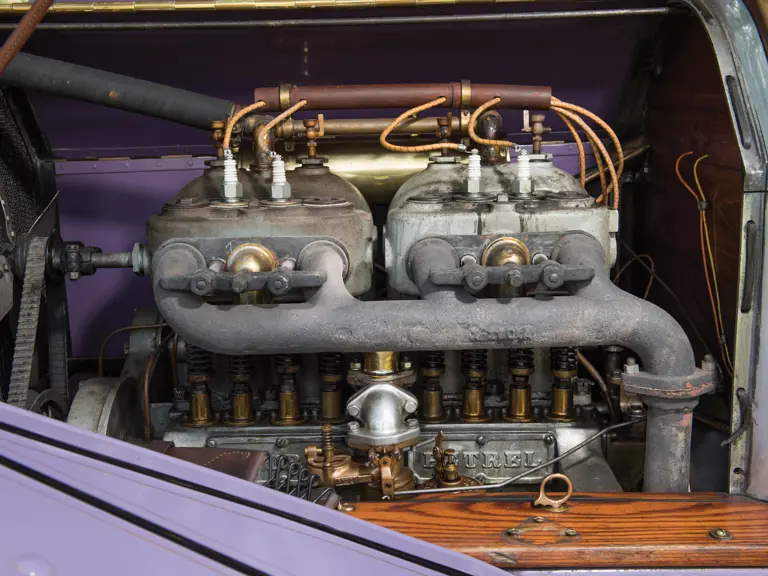
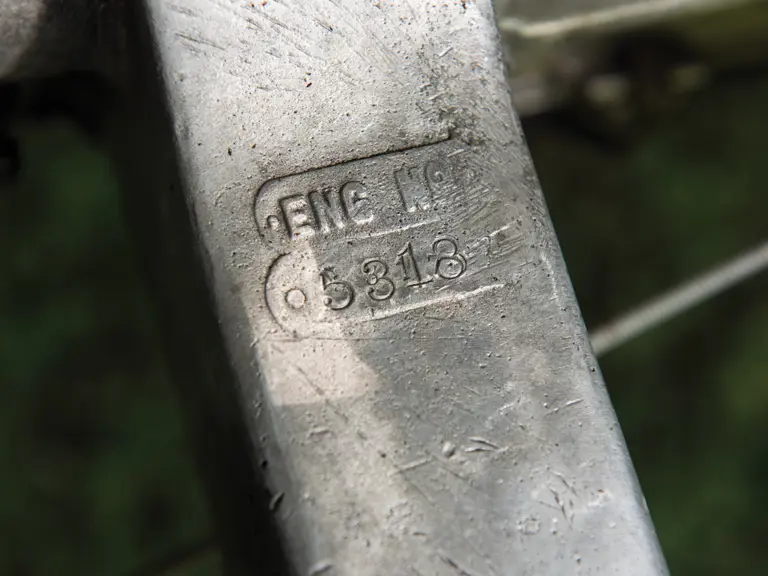
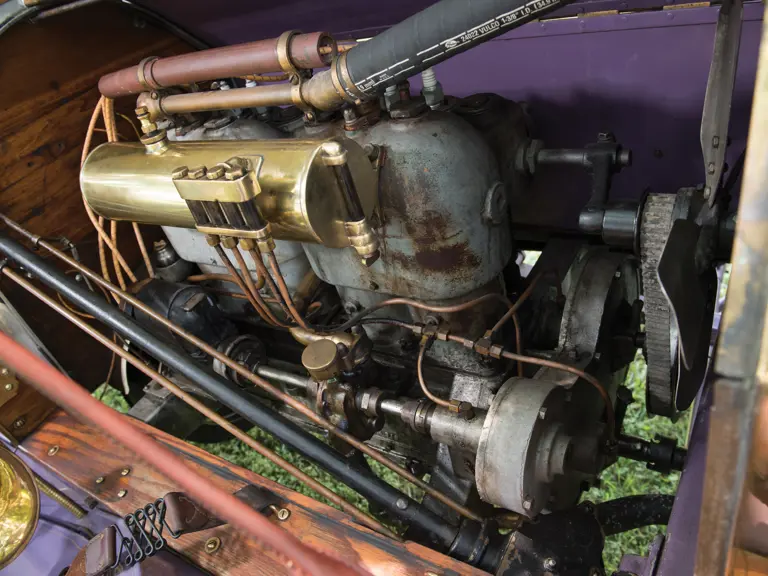
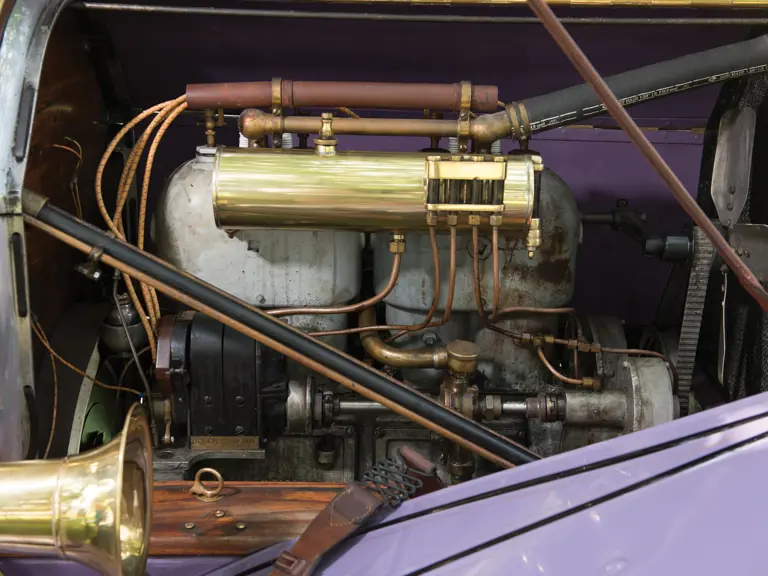


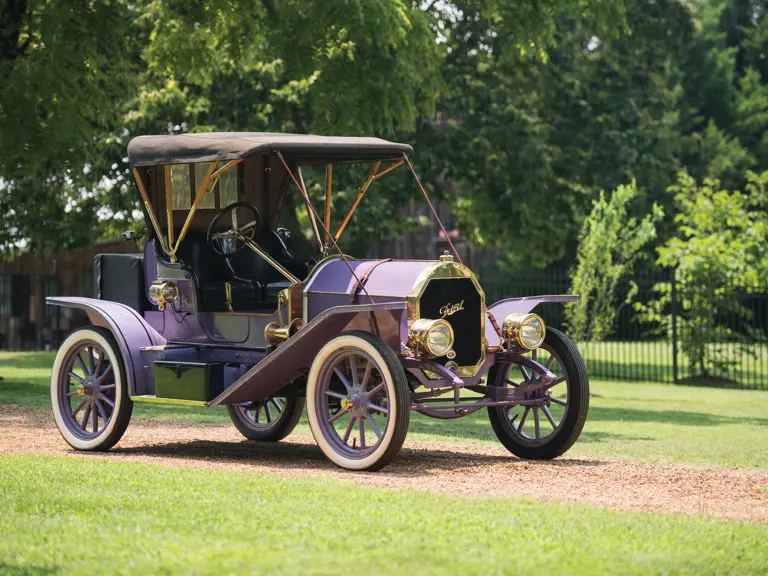
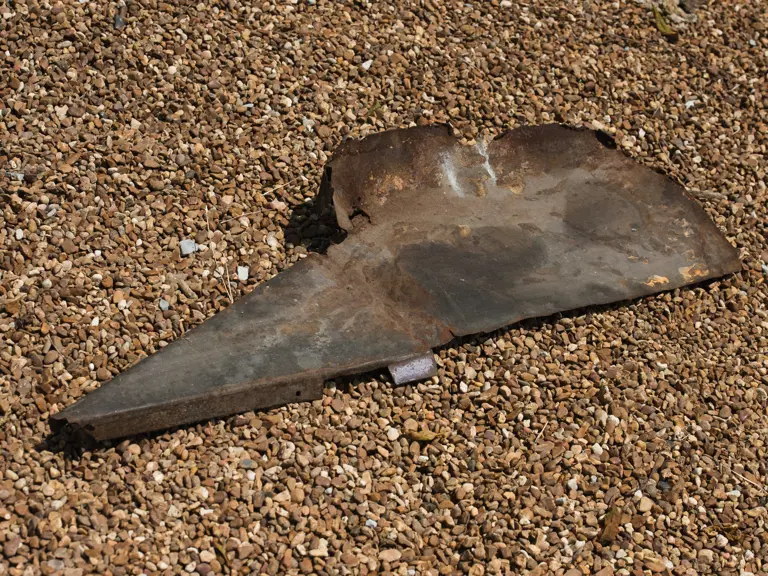
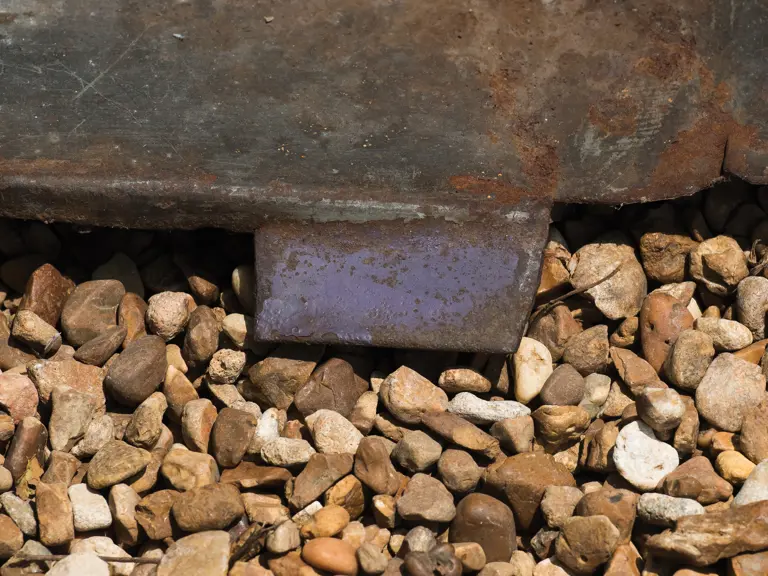
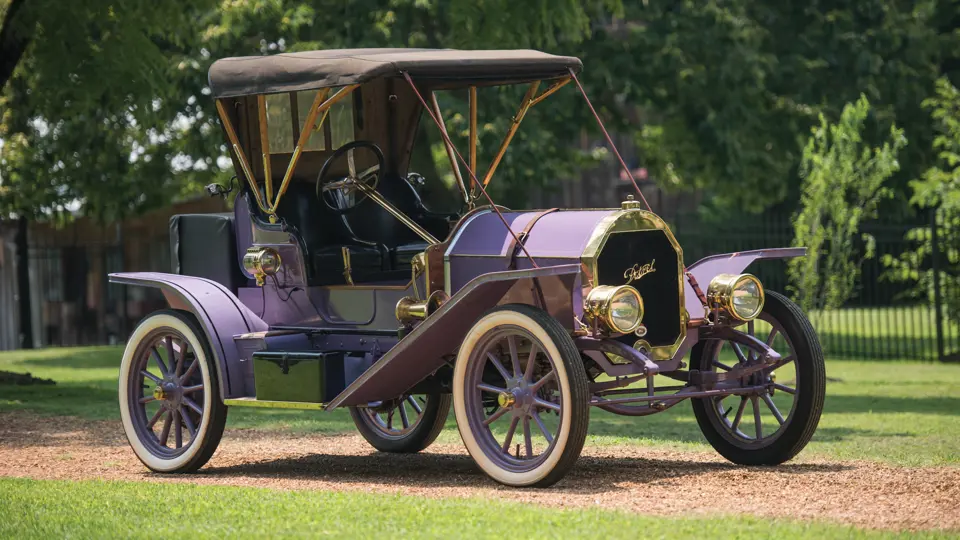
 | Hershey, Pennsylvania
| Hershey, Pennsylvania


